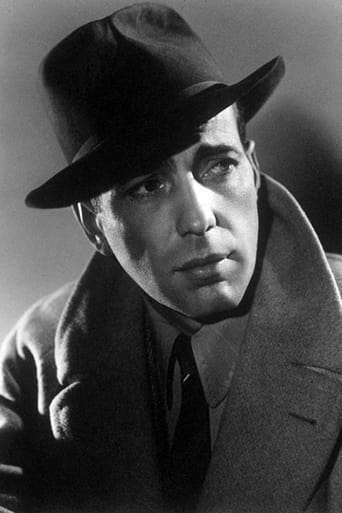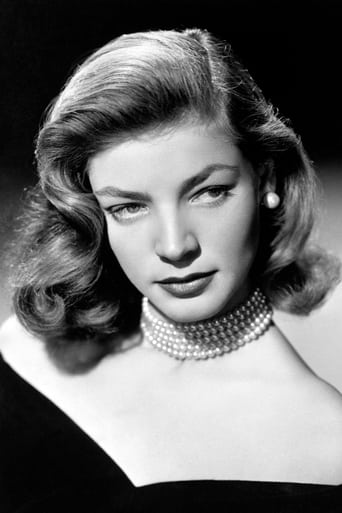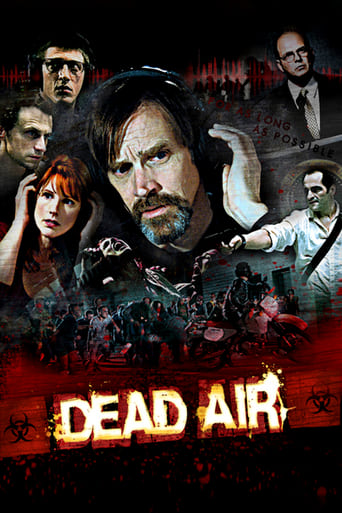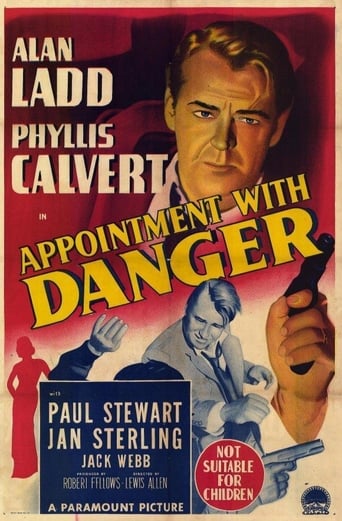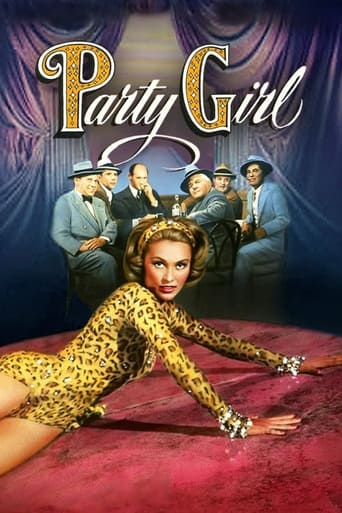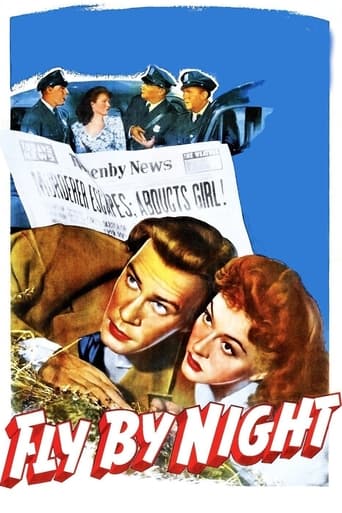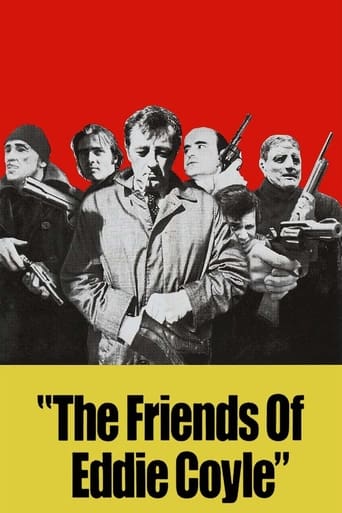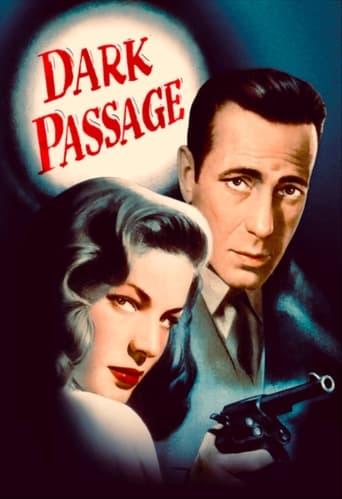
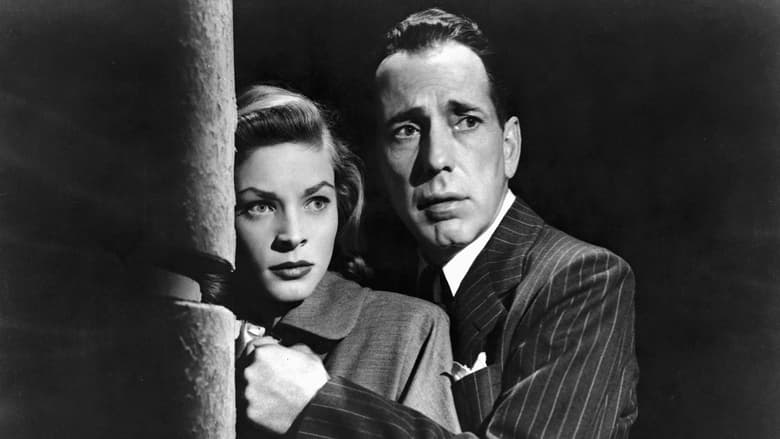
Dark Passage (1947)
A man convicted of murdering his wife escapes from prison and works with a woman to try and prove his innocence.
Watch Trailer
Cast
Similar titles
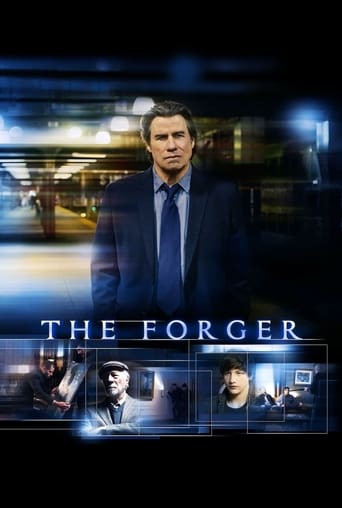
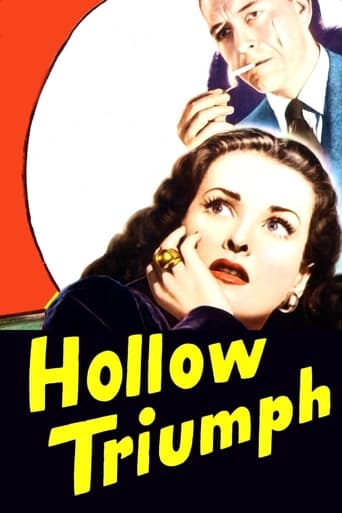
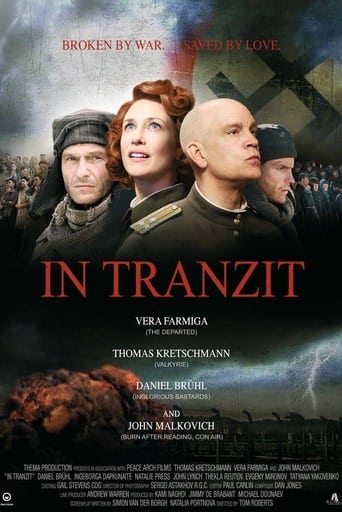
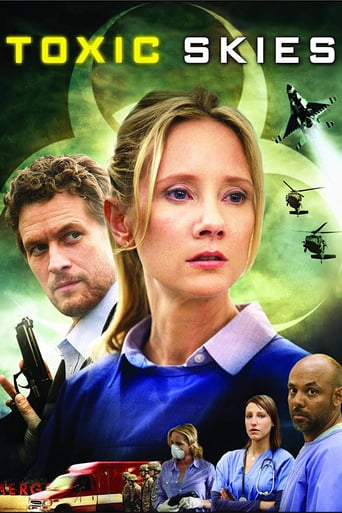
Reviews
I cannot think of one single thing that I would change about this film. The acting is incomparable, the directing deft, and the writing poignantly brilliant.
This is a small, humorous movie in some ways, but it has a huge heart. What a nice experience.
Strong acting helps the film overcome an uncertain premise and create characters that hold our attention absolutely.
Blistering performances.
Bogie doesn't make his first appearance until half-way through "Dark Passage" though we hear his voice from the outset. He's an escaped prisoner and we see things through his eyes. He's doing life for the murder of his wife but he's innocent. He's picked up on the road by Lauren Bacall who knows who he is and who wants to help him. One reason we don't actually see Bogie is, for reasons of the plot, he has to have his face remodelled and it's only after the bandages come off we get to see those famously craggy features.The director of this immensely stylish and underrated noir was Delmer Daves and David Goodis wrote the original novel. The initial trick of everything being seen though Bogart's eyes, (in other words, him 'being' the camera), does get a little tiresome but it's got a strong narrative and any movie that gives Agnes Moorehead a good, meaty role worthy of her talent is always welcome.The weak link is Bacall who, after her stunning debut in "To Have and Have Not" never did anything as good again. Here she has to address the camera a good deal but never looks comfortable doing it. On the plus side it's very stylishly photographed by Sidney Hickox making very good use of the San Francisco locations and there's two terrific supporting turns from TomD'Andrea as a friendly cabbie and Clifton Young as the guy who first picks Bogie up on the road but isn't all he seems. It remains an unjustly neglected picture.
I knew from the very start that I would love this film, ably directed by Delmer Daves and based on the original novel by David Goodis with a very strong musical score by Franz Waxman. I enjoyed the movie so much that I was willing to overlook the plot holes that have been identified by other reviewers.What about those alleged plot holes? Considering Irene Jansen's (Lauren Bacall's) fixation with Vincent Parry (Humphrey Bogart), couldn't she have satisfied her need to be physically close to him by finding inspiration to paint in the hills that surrounded San Quentin while he was imprisoned there? And was her friendship to the villainous Madge Rapf (Agnes Moorhead) far too coincidental, or could she have sought out Madge's companionship from all of the other phony socialites in San Francisco only for the purpose of retribution against Madge after she helped to convict the innocent Parry for the murder of his wife? I haven't yet read the book, but perhaps it fills the holes better than the screenplay did.Plot holes aside, I knew that I would love this movie from the moment that the barrel started swaying precariously from the back of the prison truck while the sirens of San Quentin blasted throughout the surrounding California countryside. Next I am suddenly spinning down the mountain in the dark barrel with escapee Vincent. For the first thirty minutes of the movie, I only see the action in first person point of view as Parry experiences it and narrates it.From the very start, this movie never disappoints. At every moment, there is an unexpected turn of events and the introduction of a new and unique character. There are so many fascinating and quirky elements, including personalities both large and small, that I don't know where to begin, so I'll start with the wonderful, dramatic score of Franz Waxman, prominently showcasing the classic Mercer-Whiting song of the era, "Too Marvelous for Words". Who can deliver us to the world of 1947 more authentically than icon Jo Stafford as she sings what would soon become Vincent's and Irene's very appealing theme song?Clifton Young perfectly plays Baker, the very disagreeable, small-town crook and blackmailing weasel, who drives a jalopy that can't do more than 40 mph with seat cushions made from a circus tent. As we learn more about baker, we share Vincent's desire to "crack open his head full of figures" and even worse than that.Next we embark on a very tense drive through a police dragnet from one end of the Golden Gate Bridge to the other, established specifically to capture the escaped Vincent, with Irene nervously behind the wheel and the ex-con Vincent hidden in the back of her station wagon among fresh oil paintings. "Be careful not to get paint on your sleeve, officer," she warns before he rummages through her precious cargo, and he heeds her advice. Then, the cop at the tollbooth turns out to be none other than Vince Edwards, who played Dr. Ben Casey in the very popular 1960's television drama. Once Irene and Vincent successfully dodge the police checkpoints, we are invited into Irene's art deco building somewhere in the hills of San Francisco with its glass elevator and avant-garde, elaborately etched glass walls that lead to an apartment with a sexy, spiral staircase that climbs to her very private bedroom. Tom d'Andrea as Sam, the gregarious and goodhearted cab driver, is another valuable asset to the film, as is the menacing presence of Housely Stevenson, who plays Dr. Coley, Vincent's plastic surgeon. Is the doctor the fiend that Vincent imagines him to be during an unforgettable nightmare episode that immediately reminds me of my own anxious moments when I was once prepped for a major, real-life operation? "Got the money?" the doctor asks ominously before he proceeds. No need for a health insurance card here.Agnes Moorehead is genuinely detestable as Madge Rapf, whose disagreeable name matches her grating personality. The intensity of Madge's and Vincent's eventual encounter at her apartment is another dramatic turning point, thanks to the efforts of not one but two of the best professionals in the business, Bogart and Moorehead, head to head with an excellent script that is worthy of them. Madge's "moment of truth" during their gripping verbal exchange, and her sudden exit from the scene are not to be missed. Could those shoes sailing through the bay breeze possibly be bright orange too? In the end, the movie's constant state of suspense and uncertainty finally settles into a very serene and soothing scene that, in my humble opinion, conveys unlike any other the love that Bogey and Bacall felt for each other in real life. Too marvelous for words.
I watched Dark Passage about fifteen years ago and had not remembered much about it, but I recently became interested in the fiction of David Goodis. After reading the novel Dark Passage, I decided to give the film adaptation another chance. I was surprised by how faithful the film was to the Goodis source novel.Either the Production Code or the studio insisted on a few changes. Bob and Madge are turned, rather illogically, into a bickering, engaged couple instead of an estranged, married one. I suppose someone did not like the idea of Lauren Bacall's character dating (albeit, casually) a married man. In addition, Vincent's hallucinations during his surgery have been altered, so they no longer provide a clue to the killer's identity (they should have been dropped altogether). Finally, the film adds a final passage to the Goodis story to provide a slightly more optimistic ending (similar to what Shawshank Redemption added to "Rita Hayworth and Shawshank Redemption").Having acknowledged all of that, I am surprised by how much of Goodis's book remains. Goodis is a novelist of characters. Perhaps, then, I should not be surprised that the best scenes deal with supporting characters. The great scene between Vincent and the cabbie is almost verbatim from the book. Some might think that the scene stops the story, but it is a small, perfect sequence in both book and film (great playing between Bogart and Tom D'Andrea in that scene). The portrayal of Dr. Coley by Houseley Stevenson is dead on. The plastic surgeon may be world weary, but he has his own code of ethics. Finally, there is that great scene where Vincent with his new face calls on Madge Rapf (a perfect Agnes Moorehead). It's the one scene in the film that needed to be in color to highlight the orange motif, even if the dialogue is pure noir.This last example also highlights the film's one, big weakness. I know this is a minority opinion, but, I don't particularly like Lauren Bacall. Despite the fact that she and Bogart were a couple, I believe that Bogart had more screen chemistry with Ingrid Bergman (Casablanca), Mary Astor (The Maltese Falcon), Gloria Grahame (In a Lonely Place), and Ida Lupino (High Sierra). Meanwhile, Bacall has always struck me as a rather cold presence. I simply do not know what this Vincent would see in this Irene. By contrast, that scene between Vincent and Madge, where he is pumping her for information as she is contemplating a pumping of a different kind, is smoldering with sexual tension. Of course, in Vincent's case the tension is an act, but there is still more heat with Madge (act or not) than in any of the scenes with Irene.Lauren Bacall aside, Dark Passage is a good film. The film uses the San Francisco locations nicely. The film was daring in having Vincent's face being impossible to see for the first half (before he becomes Bogart). Lastly, there are those great characters brought to life by wonderful character actors. Of the three David Goodis's novels I have read, Dark Passage is probably my least favorite, even though it is a good read with great parts. The film adaptation of Dark Passage is as good as the novel. How often can one say that?
"Dark Passage" is an example of how a gimmick can work wonders.Humphrey Bogart plays an escaped con who was wrongfully accused of murdering his wife -- of course he was wrongfully accused....he's Bogie! To evade the law, he enlists the help of a shady plastic surgeon to give him a new face. While he's waiting for his face to heal, he's nursed by none other than Lauren Bacall, fetching as hell as a do-gooder who wants to help him because her own father was similarly wrongfully accused of a crime. The gimmick is that we don't see Bogie's face for the first half of the movie. Much of the film is shot in first-person perspective except for the occasional establishing shot. Once his face is in bandages, the film switches to a more omniscient perspective, but we still don't get a glimpse of that hang-dog mug until the bandages come off.After Bogie becomes Bogie again, he sets out to solve the mystery of his wife's true murderer, which brings Agnes Moorehead into the picture, absolutely sensational as a shrill harridan with whom Bogie has some history. Moorehead steals the picture simply by being on the screen, a considerable feat given the screen presence of Bogie and the visual sizzle of Bacall.The first half of "Dark Passage" is effectively eerie; the first-person camera work really adds to the atmosphere, and Bogart's bandaged visage lends a creepiness to things. The second half is more conventional in terms of filmmaking, but by then the engaging plot and the presence of Moorehead have successfully filled in for what the film loses in visual interest."Dark Passage" is a real winner.Grade: A
